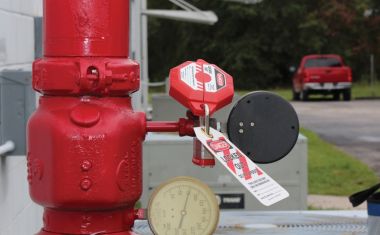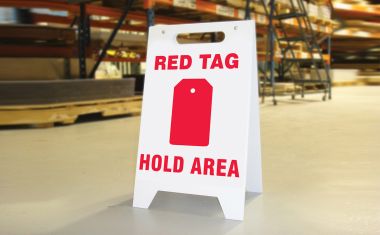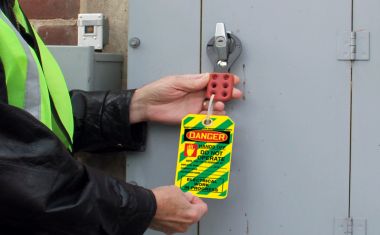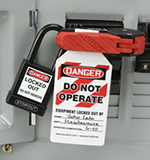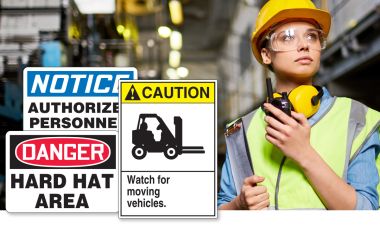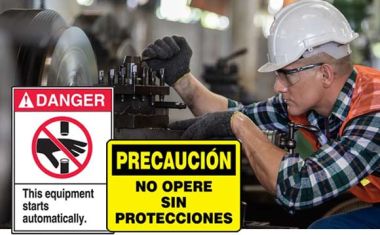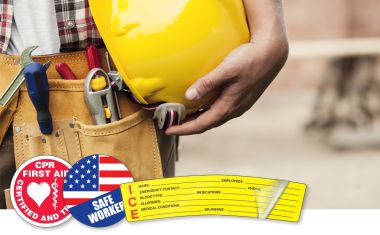7 Things that Could Sideline Bringing Sports Fans Back to Live Sports

Safety is critically important - especially in the game of sports. So gear up your team and learn what you need to do to keep sports alive this season.
We’ve seen it time and time again. When the world gets crazy, and we’re all a little shell-shocked, we turn to sports for comfort and relief. It’s more than just about taking your mind off your troubles for a few hours, though that’s great, sporting events bring a sense of normalcy and structure to the picture.
As the COVID-19 pandemic surges on in the United States, sports fans are thrilled to see leagues starting to ramp up again. But they want more than a diversion on the TV; they want to get back in the stands to cheer on their favorite team in-person.
Before those turnstiles start spinning and fans get back to cheering on their team, there are a lot of considerations that need to take place. How do you do it safely during a pandemic? There may not be a perfect answer, but being prepared for these seven scenarios will help you create an atmosphere that can be both fun and safe.
1. Fans aren’t fans of face masks.
Fans love to cheer. Fans yell encouragement (and other things) to players. Fans sing along with stadium songs. It all poses a danger with a virus spread by respiratory droplets that move through the air.
Many won’t like it, but an absolute must when it comes to opening up the stand for live sports will be mandatory face coverings. The easiest way to make this happen is to have an abundance of signage that lets your fans know your mask policy and reminds them to keep them on. You may want to post it on your website, social media, and even on tickets.
Have a plan for exceptional cases such as fans with autism, asthma, or PTSD who may not wear a mask. Section off areas where you can seat them without putting them close to other fans and possibly use barricades such as Plexiglas keep them separated. It’s not ideal, but it may be necessary.
Face masks can be an opportunity, too. Create team logo masks and fun face coverings to meet the requirements while helping your fans show their team pride. It could work as a giveaway or a sale item in the team shop.
2. How do you social distance a crowd?
As satisfying as it may be to have fans in the seats, filling a stadium or ballpark isn’t realistic. Social distancing is crucial to slow the spread of the coronavirus.
It may be that the stands can only fill to 25% or 50% capacity. Sell tickets according to the guidelines established by your state or local authorities. Mark the sections where fans can and cannot sit. Fans like to move to better, open seats, so be sure to visibly close off select areas as needed to maintain social distancing.
3. How do you social distance in long lines?
Long lines are problematic when trying to maintain social distancing. Keeping all foot traffic going in one direction is a big help. Mark the paths fans should follow to display six-foot distancing, so they know where to stand when the line slows.
Avoid having a lot of fencing or other objects along the line’s path. The last thing you need is more stuff for people to touch and possibly leave the virus on for the next person in front. Signs and floor markings should do the trick.
4. Restrooms are a potential disaster.
Let’s face it; the restrooms at most sporting events are a bit scary anytime. Throw in a pandemic, and they have the potential to be even worse. Step one should be obvious. Clean and disinfect the restrooms before any event thoroughly. The best defense is a good offense.
During sporting events, it may be worthwhile to post a worker or volunteer at each restroom to monitor traffic, allowing just a few people. You’ll also want to have someone cleaning the restrooms, focusing on touch surfaces such as faucet and door handles during the event.
Post signage reminding workers and fans to wash their hands for 20 seconds after using the restroom. Go ahead and have fun with it. Post 20 seconds worth of the team’s fight song to sing in their heads to time it out.
5. Temperature checks at the gate.
It’s crucial to screen fans as they enter the event. Again, not everyone will like it, but a quick temperature check using a forehead-scanning thermometer can assure you that no one who is already experiencing symptoms is coming in. It’s not foolproof, but it is a step in the right direction.
Not every fan is going to like the temperature checks, so, much like the face masks, it’s essential to post signage where they can see it before entering so they know to expect it. Suppose someone refuses a temperature check or has a high temperature, stand firm, and not allow them inside. You may have to issue refunds, but that’s a lot better than letting someone who is sick put the rest of your fans at risk.
6. Too many touchpoints?
Think about how many things the average person touches at a sporting event. Door handles, railings, tables, and countertops are just a few of them. When you have a crowd, it’s safe to assume that if one person touches something, a lot of people are probably feeling it.
It’s not possible to be wiping and disinfecting every touchpoint regularly during the event, so the next best thing is personal hygiene. Make it easy for fans to keep their hands clean by having hand sanitizer stations throughout the venue. Mobile hand-washing stations are also a good idea. Post hand-washing reminders where they will catch fans’ eyes frequently.
7. Someone starts showing symptoms.
No matter how vigilant you are at the gate, someone may come into your sporting event with the coronavirus (or another ailment) that only starts to show symptoms after kickoff. Keep ushers stationed around the event space to monitor the crowd. If someone is showing signs of illness, ask them to move away from the group.
Have a designated quarantine area where someone who is sick can wait out the rest of the game if they are unwilling to leave or have no way of moving. Even if they say it’s just a cold, you should do your best to remove them from the crowd politely. Many COVID-19 symptoms are very similar to other ailments like the common cold.
Ensure the quarantine space is comfortable and has a view of the game, even if it’s just on a TV screen. They’re still a fan.
Getting back to live sports is a team effort.
Just as the teams on the field or court need to have a solid game plan to beat their opponents, anyone hoping to bring fans back to live sporting events needs to have a game plan. It is a team effort, and you’ll see some instances of poor sportsmanship. If the responsibility falls on you to get your team’s venue ready, think like a great coach. Rally your team and execute a plan that covers all the facets of the event.

